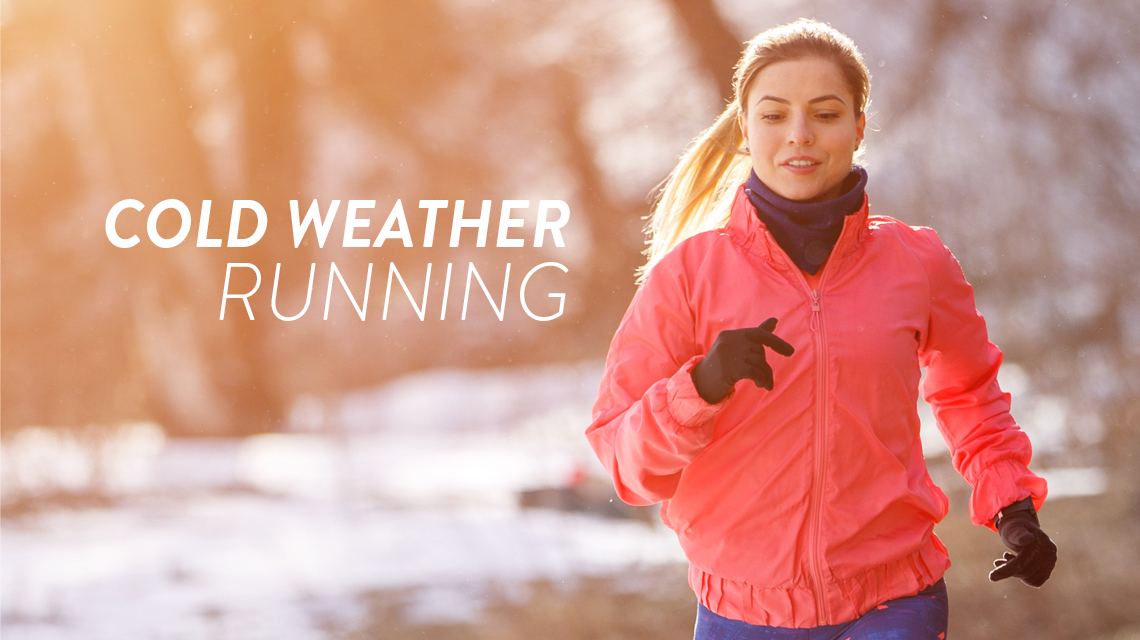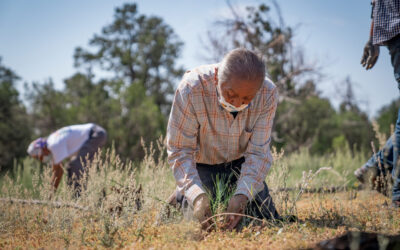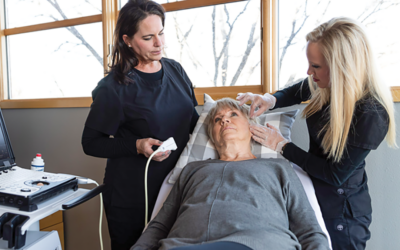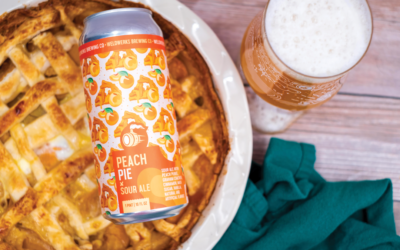They say that the cold grows sharper as you get older, but for me, winter’s blade has dulled against summer’s fury.
I loved summer as a kid. The oppressive Kansas humidity was a good excuse to stay at the pool on most days, where I could sneak peeks at the lifeguards in their bikinis. All my friends were there to play Nerf baseball, Sharks and Minnows, and Marco Polo, while a Flock of Seagulls and The Fixx whispered softly in the background. You could wear shorts, even at 10 p.m., and the air embraced you when you went outside, welcoming you to sand volleyball and softball and sleeping outside so you could prowl the neighborhood and throw pebbles at cute girls’ windows at 2 a.m.
But this year, at 48, I came to realize many things about my “favorite” season. Summer now meant getting up at 5 a.m. to go run, unless you wanted to gasp in a heat that could smoke ribs. It meant drinking enough water, every day, to bloat you like an inner tube. It also meant walking outside, ready
to run, and smelling a camp re, making you wonder if you were actually hurting yourself more by running instead of staying inside and relaxing on the couch. The answer was, well, kinda. And that’s when I realized I enjoy winter. I love it. Now that I was a runner, I hate summer.
Winter does have its drawbacks, including the fact that it can be really cold. Yes, the air hurts when it’s cold. But winter also offers you so much more. The skies are clear enough to see the mountains and, well, breathe. Heat saps your energy, but cold air seems to give it back. And you don’t need to drink a river to survive.
“If you inform yourself on how to stay warm and have the proper footwear gear to maintain good traction, it can be some of the most beautiful running you ever do, running miles in a snowy wonderland,” says Nate Grimm, a big-time runner and general manager of Altitude Running, the former longtime Bells Running store in Greeley.
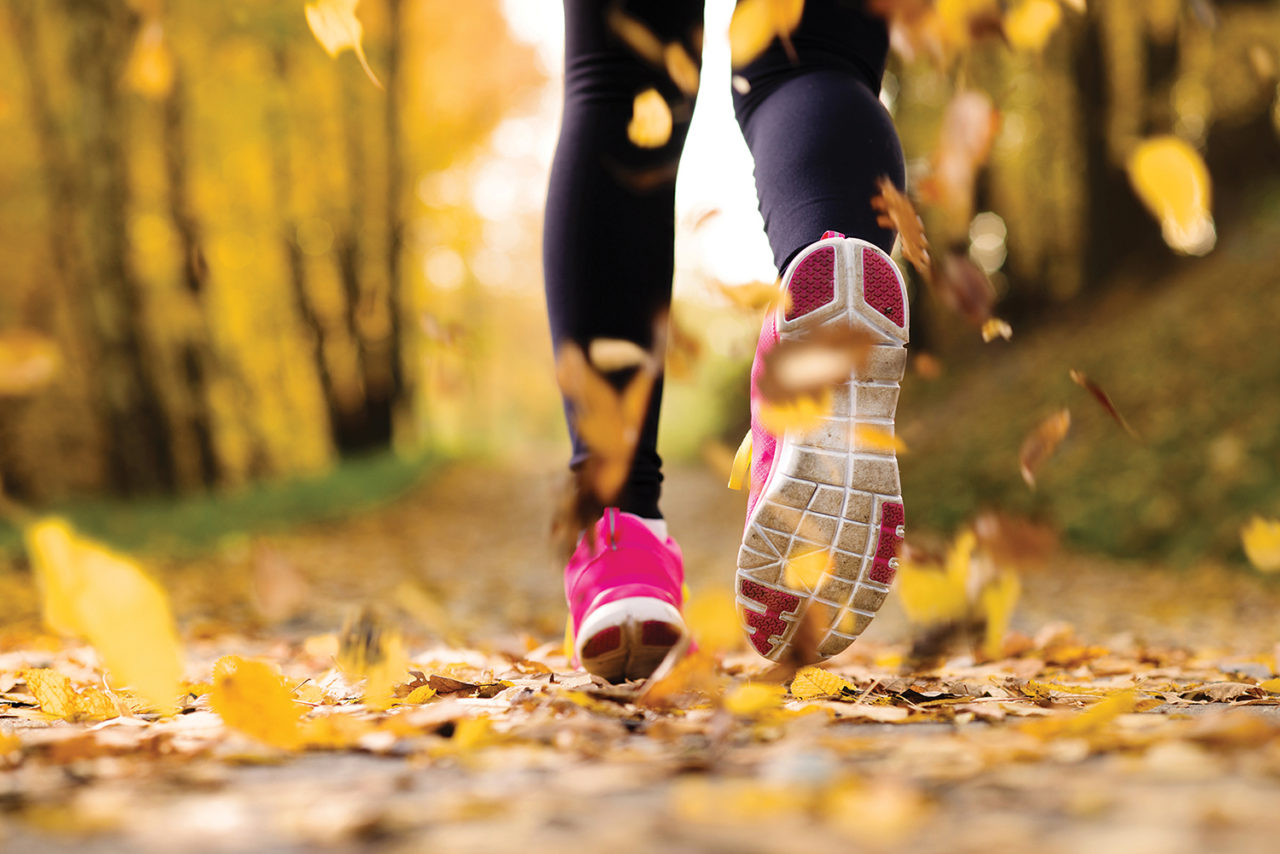
So, Grimm and I are here to offer you some tips as winter running veterans. We want you to think of winter as a wonderland too.
1. DRESS FOR MILE 2.
They say getting out the door is the hardest part about going for a run, and this is especially true in winter. But if you can start a bit cold, once you get going, I promise you’ll love it.
“All too often, we underestimate how much heat our body can create under layers and layers of clothes,” Grimm says. “So, if you think about what you’ll feel like in mile two, you’ll be better off.”
Your best running out t should look like this: Moisture-wicking base layer, warm and light mid-layer, and, if it’s really cold or nasty, a wind- proof (and waterproof) outer layer. This will keep you warm enough even on the coldest days.
2. GET GOOD GLOVES.
However, you want your hands to be warm right away. Cold hands hurt more than any other part of the body, and they’re the hardest to warm up. So, invest in a good pair of gloves. In fact, these two points go together, as sometimes a good winter running out t is a pair of shorts, a couple thin layers, a jacket, a warm snow hat and a pair of gloves. This looks a little weird, sure, but I have found this out t to be perfect on a typical sunny Colorado day that’s 20 degrees with no wind. These layers are easily removable but ensure your hands and body core stay warm.
3. DON’T GO BY JUST THE TEMPERATURE.
Just how cold is too cold depends on the runner. A treadmill is nice, but after a few weeks (or days), it can start to feel like a chore. Running is supposed to be a fun way to exercise, not a “workout” in a gym. It’s likely that you can bear the cold, especially if you pay attention to the elements and not just the temperature. A 20-degree sunny, calm day can feel much nicer than a snowy, blustery 40-degree run at night. Learn what feels good to you, and try to run in those conditions, regardless of the temperature. It’s also a good idea to pay attention to the windchill. A 20-degree day can be dangerous if the windchill is below 0.
4. THE FEET CAN’T BE BEAT.
I wear inexpensive Kirkland wool mountain socks I found at Costco, which keep my feet warm and dry. You can nd six pair for $20. But I also continue to wear fresh pairs of running shoes. You can nd bargains, but you shouldn’t skimp on your feet in winter, just like you wouldn’t in summer.
5. TRACK YOUR TRACTION.
Sometimes in deeper snow, trail runners are better than your regular running shoes. I will also run with rubber micro spikes, called YakTraks, on my running shoes. Traction, more than the temperature, is the real trick in winter. Try to avoid sidewalks that don’t get much sun, which increases the chances they are icy, and if you’re a morning runner, watch out for spots that froze overnight. It’s also OK to use the treadmill for a few days after a big snowstorm. Just keep in mind that the streets will melt faster than you may think.
6. DON’T WORRY ABOUT YOUR PACE.
You aren’t going to be as fast with all your clothes, frosty air, icy roads, snowy sidewalks and a few pounds of winter fat. You can still race in the winter, but your goals for the winter should be to survive it and enjoy it. In fact, a friend of mine works on his strength in the winter and his speed in the summer.
“You may not run the same pace, but it doesn’t mean you are losing tness,” Grimm says. “It just means the footing isn’t as good. It’s worthwhile to run a little slower if it means you can continue training.”
7. EMBRACE THE MADNESS.
My friends love to get together on New Year’s Day and run, no matter how cold and snowy it is, and that’s led to some funny stories. The winter can be cruel and hard, but I’ve found it to be more fun than summer’s res and hot, punishing weather. “As long as traction is good,” Grimm says, “I’m usually getting out the door.”
I’m writing this on Labor Day, when ash fell from the sky in Greeley and
it was orange outside, the way you’d picture it after, say, nuclear war. I’ve just completed an inadvisable, hot ve-mile run. But as I got in my car, with my eyes burning, I smiled. The next day, a cold wind was supposed to blow, bringing snow—yes, snow on Sept. 8—to replace the ash and
all the other elements of what was a pretty hot, miserable summer.
Dan England has completed dozens of half marathons, a dozen marathons and a half dozen ultramarathons. He is a freelance writer who lives in Greeley. To comment on this article, email letters@nocostyle.com.


